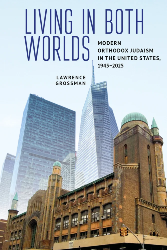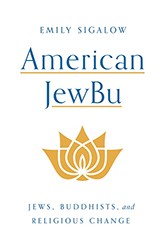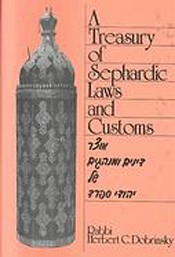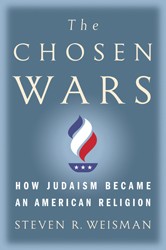What resonates with today’s Jews? How porous are the borders of Judaism’s denominational affiliations? And what actually takes place during synagogue worship across the United States? Jack Wertheimer, a professor of American Jewish history at the Jewish Theological Seminary, addresses these questions and more in The New American Judaism: How Jews Practice Their Religion Today. This study is based on three years of conversations with 160 rabbis and thought leaders across the Jewish spectrum.
Through a mix of anthropology, sociology, theology and humor (as Wertheimer notes before entering into a nuanced discussion of one denomination’s ideological state of affairs, “a wag once memorably classified Orthodox, Conservative, and Reform Judaism as, respectively, ‘crazy, hazy, and lazy‘”), Wertheimer takes readers on a guided tour of the current state of affairs of practiced Judaism across the U.S.
Wertheimer reviews more recent phenomena in American Jewish life — including growing American Sephardic communities and their traditions, the appearance of post-denominational “religious start-ups,” the rapid growth of Orthodox outreach organizations (see, for example, Soho loft parties hosted by a Chabad couple and the Orthodox Union’s NCSY division that seeks to attract non-Orthodox teens to greater observance of Jewish law), meditation-focused “mindfulness centers” housed in prominent synagogues, the so-called “social Orthodoxy” cohort (made up of individuals who don’t ascribe to Orthodox beliefs, but affiliate with Orthodox life due to its social and communal value), and the struggle to create communities of meaning in a hyper-individualized world. He also provides updated data on classic Jewish continuity concerns regarding intermarriage, conversion, and the status of women.
From the major movements’ centralized authorities and their impact (or not) on their constituencies, to the choices individual Jews make when it comes to their customs, beliefs, and ritual observances, Wertheimer offers an accessible and engaging lay of the land. Concluding with a call for a Judaism of “frequent participation” (as opposed to one-off check-ins at the local synagogue during peak life moments) based on intentional practice, Jewish literacy and historic memory, and communal affiliation centered on the synagogue, Wertheimer acts as both a helpful chronicler and caring shepherd of the American Jewish community.
Dr. Stu Halpern is Senior Advisor to the Provost of Yeshiva University. He has edited or coedited 17 books, including Torah and Western Thought: Intellectual Portraits of Orthodoxy and Modernity and Books of the People: Revisiting Classic Works of Jewish Thought, and has lectured in synagogues, Hillels and adult Jewish educational settings across the U.S.





